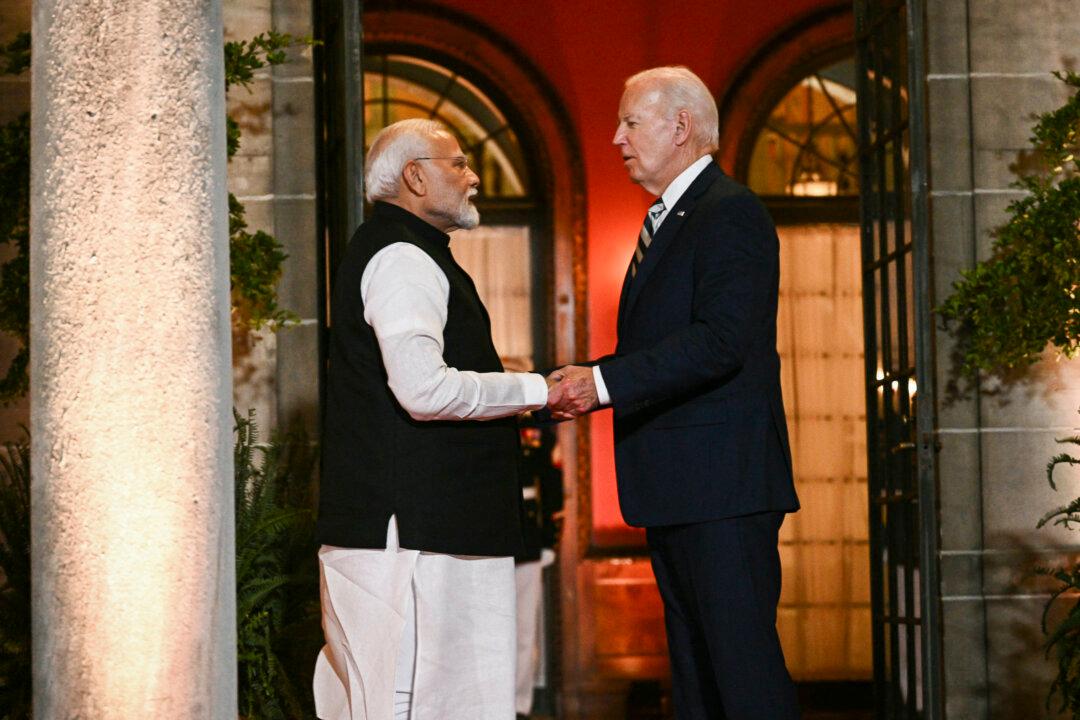NEW DELHI—India’s minister of external affairs, Subrahmanyam Jaishankar, visited the United States this past week, meeting with Commerce Secretary Gina Raimondo to discuss a deepening partnership between the two countries, particularly in the technology sector, with special emphasis on semiconductors.
The meeting occurred a little over a week after the United States and India announced a partnership to build a semiconductor manufacturing plant in India.





